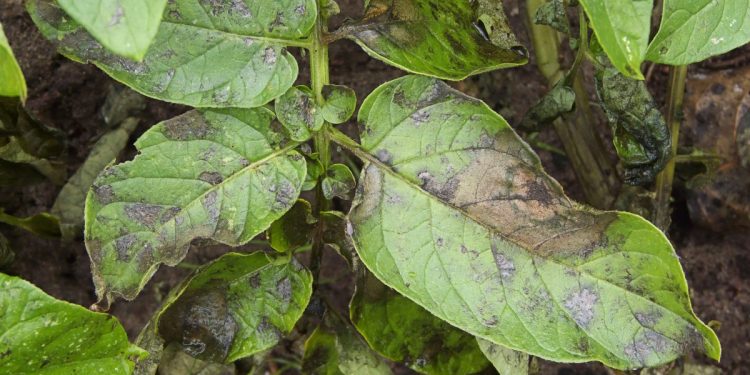#PhytophthoraInfestations #PlantHealth #CropQuality #AlternariaSolani #Fungicides #GoodAgriculturalPractices
Learn about the devastating effects of early infection of phytophthora infestations on plants and why it’s essential to understand the signs and symptoms of these infections. Discover how to prevent and manage phytophthora infestations to maintain healthy crops.
What Are Phytophthora Infestations?
Early Signs and Symptoms of Phytophthora Infestations
Prevention and Management of Phytophthora Infestations
Phytophthora infestations are a common problem in many crops, including potatoes, tomatoes, and soybeans. These infections are caused by water mold pathogens that can lead to significant yield losses and reduced crop quality.
Early detection and understanding of the signs and symptoms of phytophthora infestations are crucial for maintaining healthy crops. Early infection of phytophthora infestations is often caused by fungi such as Alternaria solani, which thrives in warm and humid conditions.
The early signs and symptoms of phytophthora infestations can vary depending on the type of plant and the severity of the infection. However, common symptoms include the appearance of large gray-brown spots on the lower leaves of the plants, which can spread to the upper leaves and cause them to dry out and die. In potatoes, the infection can cause dark brown spots on the surface, leading to decay and eventual loss.
Preventing and managing phytophthora infestations requires a combination of good agricultural practices, including maintaining proper plant hygiene, crop rotation, and the use of fungicides. Early detection and rapid response to infections are also critical in preventing the spread of the disease.
In conclusion, understanding the signs and symptoms of early infection of phytophthora infestations is crucial for maintaining healthy crops and preventing significant yield losses. By implementing proper preventive measures and prompt treatment of infected plants, farmers and gardeners can protect their crops from the devastating effects of these infections.








